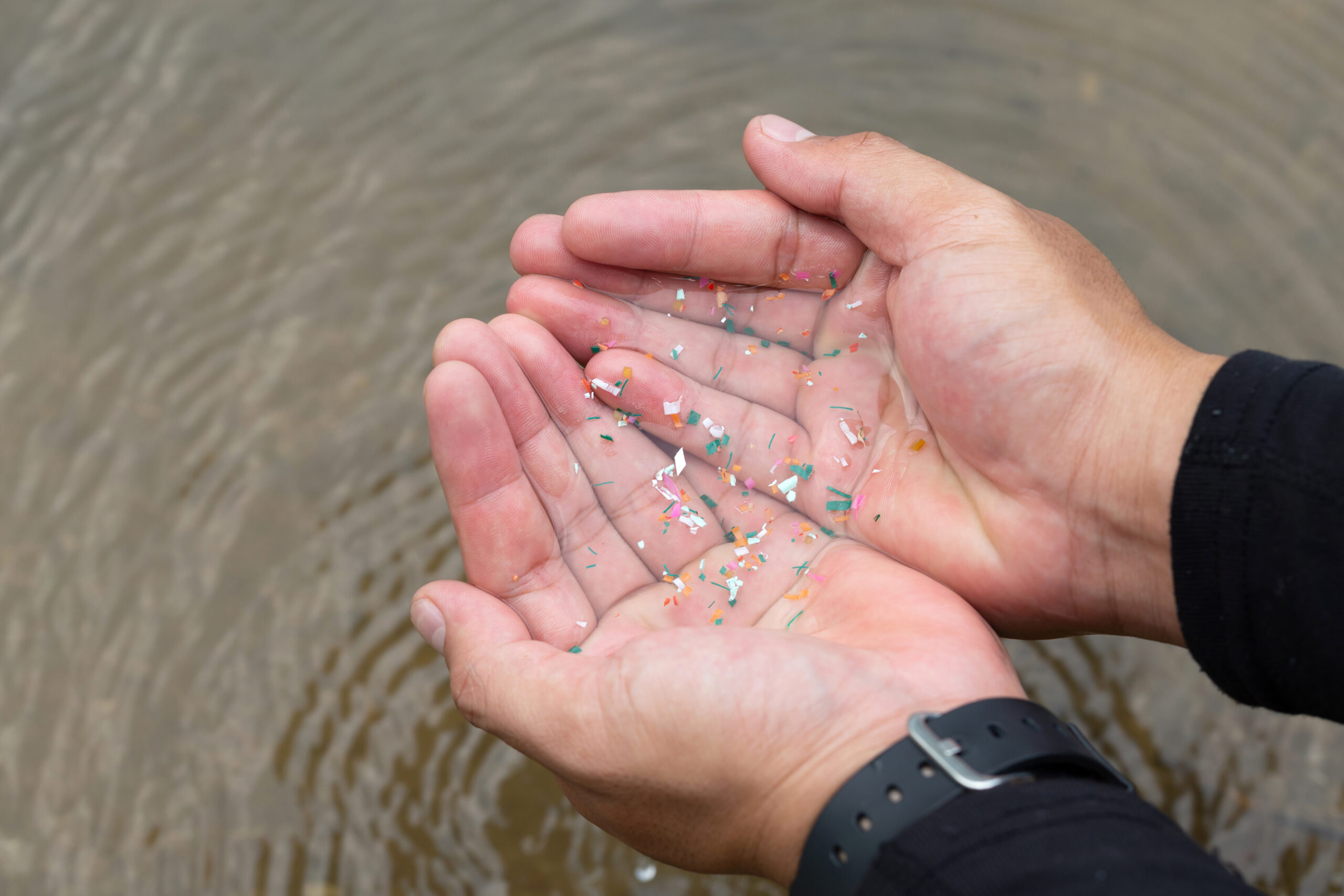**What’s Lurking at the Bottom of Your Glass? The Surprising Truth About Microplastics in Beverages**
According to a new study from the University of Birmingham, what’s at the bottom of your glass might be more than just melted ice or leftover pulp. Researchers tested 155 samples of popular beverages sold in UK supermarkets and coffee shops—and found microplastics in every single one.
### What Are Microplastics?
Microplastics are tiny fragments of plastic, ranging from 1 nanometer to 5 millimeters. They form when larger plastic pieces break down over time. These particles are practically everywhere: in cleaning products, clothes, cosmetics, the air we breathe, and the food we eat. Even more concerning, microplastics have been detected inside the human body, raising questions about their impact on our health.
### The Study: Microplastics in Your Drinks
The researchers analyzed 31 different beverages, including coffee, tea, energy drinks, soda, and juice. Samples were filtered in a lab and examined under a microscope. For lead author Mohamed Abdallah, the findings were alarming.
“We found a ubiquitous presence of microplastics in all the cold and hot drinks we looked at,” Abdallah told *The Independent*.
### Temperature Matters
One key discovery was that drinks served at higher temperatures contained significantly more microplastics than their cooler counterparts. Hot tea led the pack, with an average of 49 to 81 microplastics per liter — more than double the 24 to 38 particles found in iced tea.
Hot coffee ranked second, with 29 to 57 microplastics per liter, slightly higher than iced coffee, which ranged from 31 to 43 particles per liter.
This suggests that heat speeds up the release of plastic particles from packaging, increasing the microplastic content in hot beverages.
### Packaging Makes a Difference
Hot tea served in disposable cups contained the highest concentration of microplastics overall, averaging 22 particles per cup, compared to 14 particles when brewed in glass containers. This supports previous research indicating heat increases microplastic release from packaging materials.
### What About Cold Drinks?
Cold beverages weren’t free from contamination. Fruit juice contained between 19 and 41 microplastics per liter, energy drinks ranged from 14 to 36 particles, while soft drinks had the lowest levels, averaging 13 to 21 microplastics per liter.
### How Much Plastic Are We Actually Swallowing?
The researchers also surveyed over 200 adults in the UK about their daily drinking habits. On average, women consume about 1.7 microplastic particles per kilogram of body weight each day through drinks, while men take in roughly 1.6 particles.
And remember, this only accounts for microplastics ingested from beverages—not from other sources like food or air.
### Potential Health Risks of Microplastic Ingestion
The full impact of microplastic ingestion on human health remains unclear. However, scientists have found these particles accumulating in vital organs and tissues, including blood, brain, kidneys, lungs, liver, testicles, and even placentas.
Studies suggest that microplastics can:
– Damage cells
– Disrupt gut bacteria
– Trigger inflammation
These effects may disrupt the immune system and accelerate the aging process. Furthermore, microplastics can carry harmful chemicals such as heavy metals and hormone disruptors, which may leach into the body and interfere with reproduction and metabolism.
### What Can Be Done?
Given these potential long-term risks, Abdallah emphasizes the need for legislative action to limit human exposure to microplastics.
“They’re everywhere,” he pointed out.
### Simple Ways to Reduce Exposure
The study offers one easy tip to lower microplastic intake from drinks: keep them cold. Choosing cold beverages or using glass containers for hot drinks may help reduce the number of microplastic particles you consume.
—
**In summary**, microplastics are widespread in everyday beverages, with hot drinks posing a greater risk due to heat-driven particle release. While more research is needed to fully understand the health implications, staying informed and making small changes—like opting for cold drinks—can help minimize exposure to these invisible invaders.
https://nypost.com/2025/09/27/health/these-drinks-have-highest-concentration-of-microplastics/
